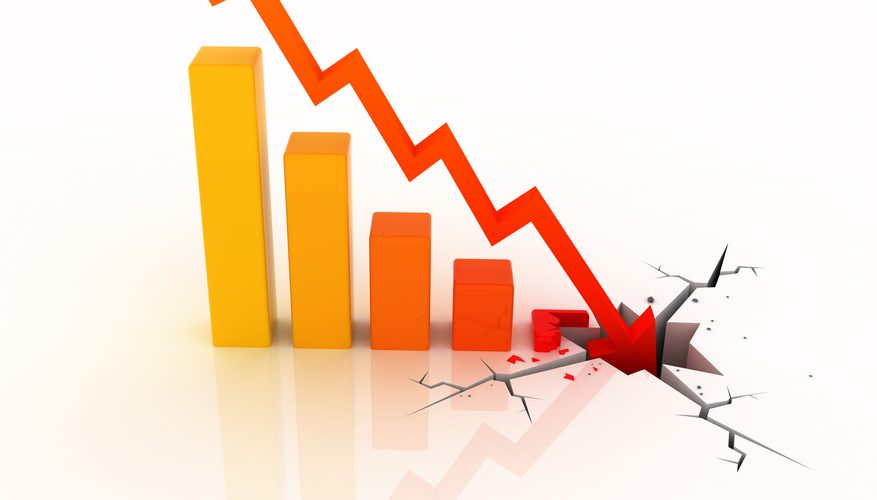The relevance of this research topic lies in the fact that fixed assets play a gigantic role in the labor process due to the fact that they together form the production and technical base. And they determine the production capacity of the company. Firms have the right to own, use these funds: they can donate or sell to other companies for free, exchange, lease, write off the balance sheet if they are worn out or morally outdated, regardless of whether they are completely depreciated or not. Therefore, depreciation is very significant for accounting and analysis in the enterprise.
Depreciation concept
Determining the depreciation fund is quite simple. Depreciation is the depreciation of fixed assets caused by their physical consumption or by the method of distributing the value of assets at the time of their use.
Depreciation in the balance sheet and tax legislation is understood as the cost associated with the gradual depreciation of fixed assets and intangible assets. This is a price that does not apply to the outflow of finance. It combines the concept of foreclosure.
Buyback is a valuable consumption of a fixed asset from the very beginning of its use. This category represents accumulated depreciation. For example, an underlying asset has an initial cost of 6,000 rubles. Depreciation in the first year of use of the fixed asset amounted to 1,200 rubles, in the second - also 1,200 rubles. Depreciation after two years of use is 2400 rubles.
Depreciation of the asset is transferred to the cost of products manufactured using depreciated fixed assets, thereby forming a special fund. This type of cost is not a cash expense. It includes deductions due to the systematic and planned distribution of the initial cost of both fixed assets and intangible assets (excluding goodwill). The studied category is an objective expression of the costs incurred necessary for the production of goods and services.
It begins not earlier than after being accepted for use in the month following the month of entry in the register, and ends when the write-offs are equal to the initial cost of a particular fixed asset.
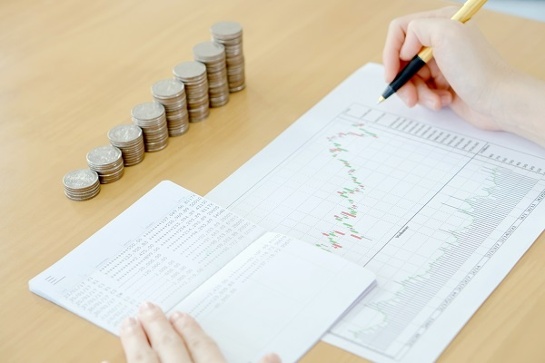
Concept in accounting
The Law on Accounting is somewhat different in basic matters related to depreciation from tax legislation. The differences relate to the start of depreciation, exceptions, rates and calculation methods. According to this concept, fixed assets and intangible assets are depreciated no earlier than when they were put into operation. Therefore, for example, construction in progress is not depreciated.
Example: a company purchased a car. The machine must be installed. Only after completion of installation (commissioning) should fixed assets be depreciated.
Concept in tax law
According to tax law, depreciation should begin on the first day of the month following the month in which the asset was entered into the registry. Fixed assets shall be entered into the register no later than a month of their transfer to use. However, there are exceptions.
Fixed assets and intangible assets are amortized until their repurchase:
- the amounts will be equal to the initial cost, reduced in some cases by the expected recoverable amount;
- the asset will be sold, surrendered;
- for other reasons, the asset is decommissioned.
According to the law on accounting, land is not subject to wear and tear, unless it is used for mining using the open cast mining method. Tax regulations do not allow depreciation of not only land, but also, for example, the right to use land for unlimited time.
The Accounting Act gives people the freedom to choose depreciation methods. It only indicates that when determining the period and annual rate, the period of economic usefulness of the fixed asset, which is affected by the following factors, should be taken into account:
- the number of changes for which fixed capital works;
- the pace of technological and economic progress;
- the effectiveness of the fixed asset, measured by the number of hours of its operation, the volume of manufactured products or other appropriate measure;
- legal or other restrictions on the time of use of the fixed asset;
- The net selling price of a material item of a residual asset as provided for in the liquidation.
The provisions of tax legislation indicate situations:
- the application of the rules set forth in the annual list of rates, hereinafter referred to as the "list of rates";
- use of the norms defined in the “list of tariffs”;
- introduction of preferential tariffs in relation to those indicated in the “tariff list”;
- application of rates established individually;
- use of the degressive method - reduction of rates in certain tax years;
- consideration of the “one-time deduction for small and beginner taxpayers” method.

What OS objects are and are not subject to wear and tear?
Depreciation is subject to:
- fixed assets already owned by the enterprise, newly acquired in a given financial year and accepted from completed investments, intangible assets, investments in foreign fixed assets;
- other assets that do not belong to the taxpayer, but meet the conditions for their consideration as fixed assets with an expected period of use of more than one year.
Depreciation is not applicable for the following options:
- museum exhibits, works of art and other objects included in long-term investments;
- lands on which open minerals are not used.
Fund concept
Depreciation fund is the amount of cash that has been accumulated from deductions from fixed assets and is intended to restore their worn out part.
It has a dual nature. On the one hand, it serves both the process of expanded reproduction of fixed assets, and on the other hand, it deals with the procedure for recovering OS depreciation.
The need of the fund is due to the importance of servicing fixed assets, since it is with its help that their depreciation is compensated, and extended reproduction is also carried out.
The duality of the depreciation fund created by the introduction of recurring deductions in accordance with fixed norms is the result of depreciation as a financial category.
Depreciation is accrued on an unchanged and fixed basis and is spent on compensation for depreciation of fixed assets in the process of their reproduction only after the completion of the normal period of use. The depreciation fund at this time can be used as an additional source of expansion and accumulation of funds. The introduction of this fund for accumulation is due to a time shift in the process of transferring the value of fixed assets to final products.
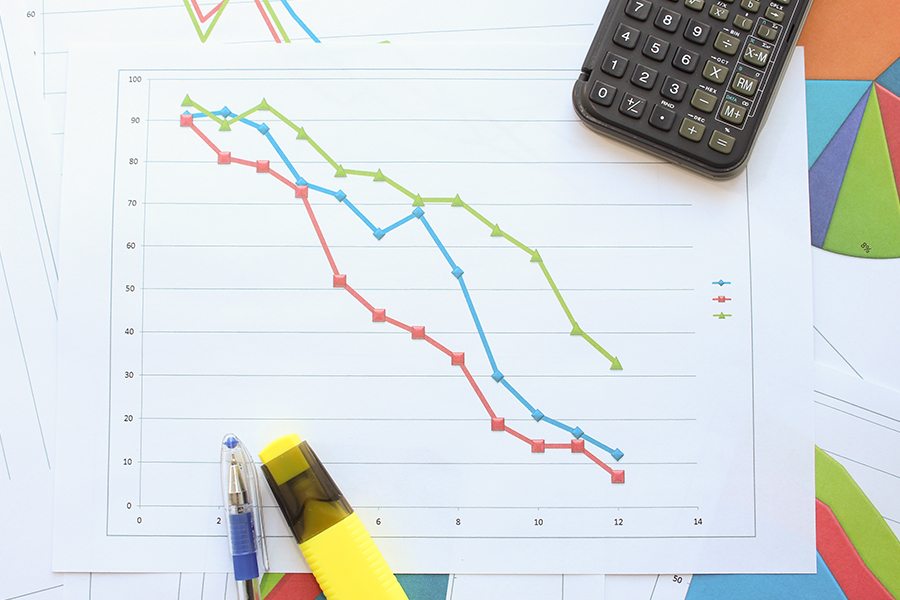
Fund Benefits
The formation of a depreciation fund gives the company an additional advantage, since the funds allocated to it are not taxed.The fundamental problem for our country is compliance with the requirements of the optimal circulation of fixed assets.
Depreciation policy is a fundamental part of the financial policy of the company, the replacement of obsolete equipment contributes to the development of technological progress in the company. Currently, there is a process of changing depreciation rates for a large number of types of fixed assets. And it’s important that the new standards are the methodological basis for planning the exchange of morally and physically obsolete machines, whose age exceeds the normative standards of service.
In this case, the calculation and indicators of depreciation can be increased and detailed. At this stage, the depreciation policy should be oriented towards lowering unit costs for overhaul and limiting the number of repaired objects, as well as replacing obsolete devices.
Depreciation is stronger than other leverage that can affect the increase in the share and size of investments aimed at the reproduction of fixed assets.
For the company, you can create reliable financial depreciation rates, coordinate the size of technical equipment and conversions with the size of the repair fund, strengthen the market elements of the system, apply depreciation, reduce the part of the depreciation fund created for overhaul.
Fund appointment
The purpose of using the depreciation fund is expressed in three main functions:
- ensuring reproduction, exchange and modernization of fixed assets of the company;
- accounting for the implementation of OS objects;
- stimulation for the careful use of basic industrial resources.
The essence of incentives is to develop ways and methods of using machines and devices in such a way as to increase their service life and accumulate as much money as possible in the depreciation fund. This will allow the company to write off equipment at a low final cost and fully generate all depreciation charges, which has a significant impact on the company's losses and its tax burden.

Basics of formation and creation
A prerequisite for the creation of a depreciation fund at an enterprise is the presence of sales of created products and services and the receipt of income from sales as a result of this activity.
If we talk about the difference in revenue and income, then the first doctrine is a source of reimbursement of costs incurred by the company in the production of products and services and preparing them for sale. In addition, revenue is a factor that affects the formation of income in the form of cash and creates a cash reserve for the company.
If we take into account the further processes of using income, then it is divided into certain components that differ in quality, based on beliefs and goals.
This is part of the revenue spent on education and the monthly replenishment of the depreciation fund in the form of write-offs of the accumulated amounts of fixed industrial assets and existing intangible assets.
Depreciation write-offs are a certain part of the income acquired by an enterprise from the sale of products and the provision of services. This fund appears as a result of activities to pay for sold products and sold services, to receive income from the use of capital, etc. The main task is to create a fund for the restoration of basic tangible and intangible assets.
The situation in which the funds from the depreciation fund were not used and accounted for on off-balance accounts, in accordance with the existing accounting methodology, shows a decrease in the price of existing assets and estimated losses of the company, which are not reflected in the development of the balance sheet and the report on financial results.
There is a reverse situation when the depreciation fund funds are spent in excess of accrued contributions, and the total is displayed on the off-balance sheet account with a minus sign. This suggests that the increase, substitution or improvement of fixed assets occurred due to an inexplicable source of company income, which is not reflected in the main forms of financial reporting.
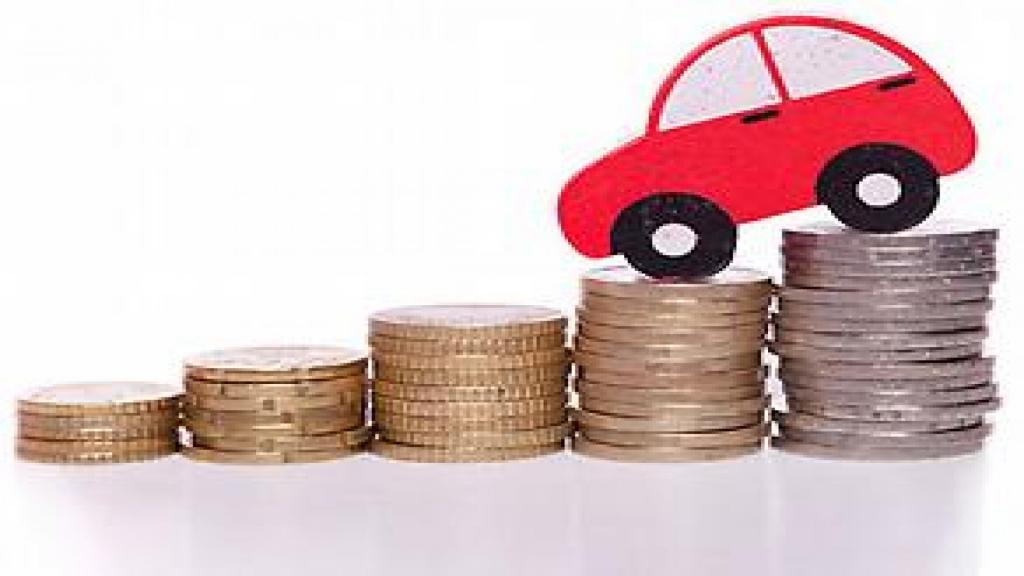
Linear option
This option for determining the depreciation fund is the most common. It is based on a uniform distribution of the value of fixed assets over time (as a rule, this is a calendar year). It is assumed that the used object consumes its value evenly throughout the entire service life. This leads to the fact that the depreciation rate is constant and follows from the formula:
A = C * K / 12.
A - annual depreciation rate;
C is the initial cost of fixed assets;
K is the depreciation rate.
K = (1 / n) * 100, where n is the service life in years.
The main advantages of using depreciation in a linear manner are as follows:
- simplicity of calculations;
- accurate accounting;
- uniform transfer of costs.
This method is applicable when it is planned that the asset will bring the same amount of profit over the entire period of use.
Among the disadvantages of using depreciation in a linear way, we highlight:
- not applicable for equipment that is subject to rapid obsolescence;
- decrease in productivity with an increase in the number of years of use;
- the aggregate value of property tax is higher than with non-linear methods.
Depreciation Reduction Method
The economic usefulness of a non-current asset decreases as it is used, which means that the write-off of depreciation in the first years of use of the fixed asset is higher than in subsequent years. This allows you to quickly include most of the initial cost of the object in the costs, which is usually beneficial for the company (but not always). When calculating depreciation, the rate does not change, but the basis on which it is calculated is updated. The calculation is carried out at net cost, that is, net of existing write-offs.
A specific version of this method is used, which is sometimes called linearly progressive. In it, write-offs are carried out using a degrading technique, starting from the year in which the depreciation determined in this way will be lower than the depreciation calculated using the linear method.

Progressive option
According to this method, the calculation of depreciation is made by increasing at the end of the service life. This follows from the assumption that the older the object, the more you need to spend on its repair. Therefore, the cost of its operation is increasing.
Depreciation on income margin
This is a net profit method. In accordance with it, the value of a non-current asset is amortized in proportion to the marginal profit achieved in certain periods.
A = Op - Op * Mr / Pc,
Or - the volume of work performed;
Mp - expected net profit in this period;
PC is the estimated net revenue achieved using this facility.
Depreciation Assessment
It enterprises consists in analyzing the current value of this object and comparing this value with the amount at the beginning of the period. The depreciation amount for a given period is determined.
A = OK + ΔO - OK,
where ΔО - increase in value;
Ok - the value at the end of the period.
The disadvantage of this method is the high objectivity and the fact that the assessment is subject to a very strong change in market prices, which can lead to improper use.
Group depreciation method
It depreciates a group of assets with similar use at the enterprise, similar to the initial cost and period of economic usefulness. This method is usually applied to objects with a low unit value.
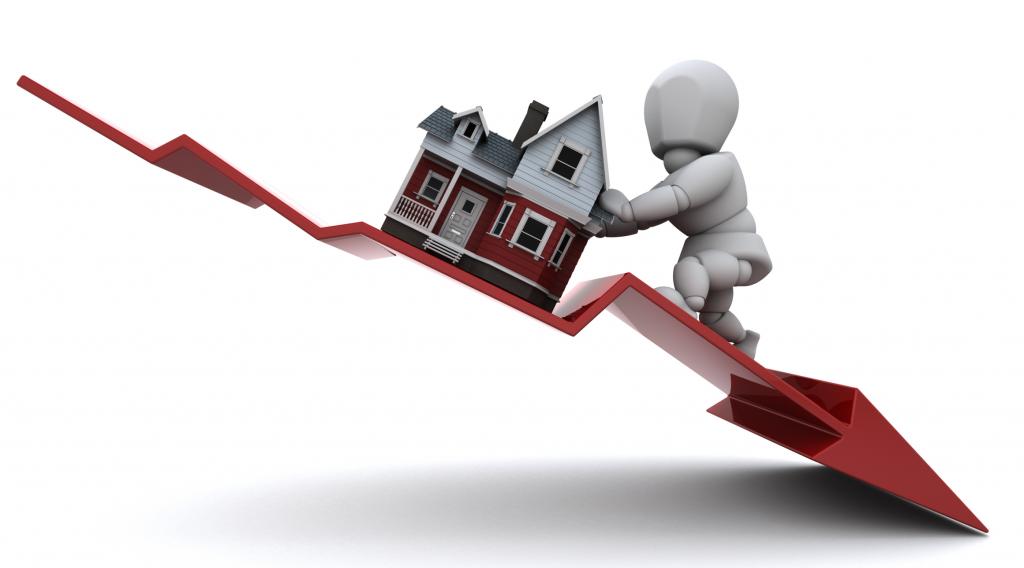
Conclusion
Depreciation fund is a source for updating and replacing fixed assets of the company. The principal source of the formation of monetary resources is the fund. Its value reaches the size of the income remaining at the disposal of the company. Once a year, in the structure of investments in fixed assets, up to 50% of depreciation funds of the total amount of own funds that are allocated to the development of the company fall.
The amount of depreciation is included in the cost of production (cost) of products and carried over to the value of the products. Companies must heat up the amount of deductions, “deferring” them from the proceeds of the products sold to the depreciation fund. The amount of annual deductions of companies is determined according to the rules of the value of the fixed assets.
